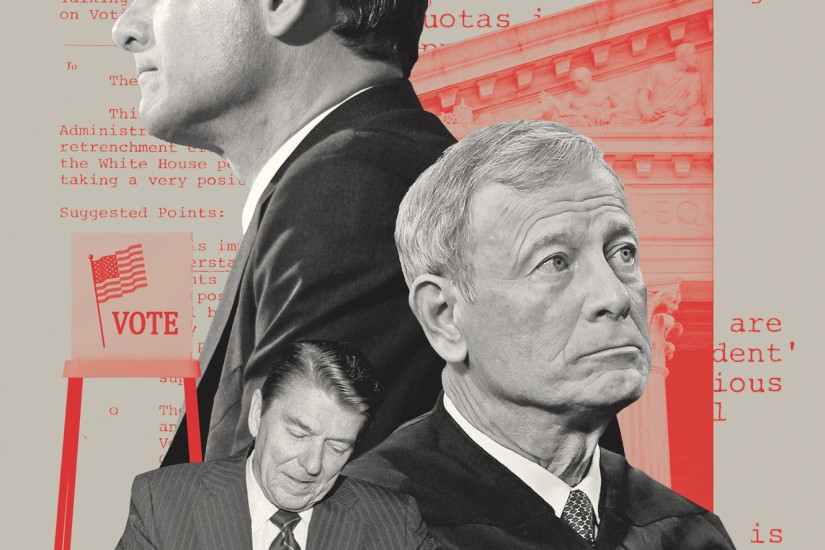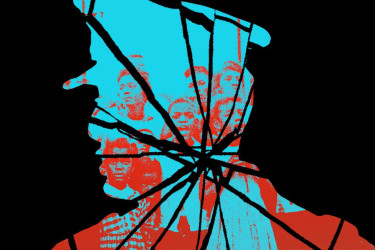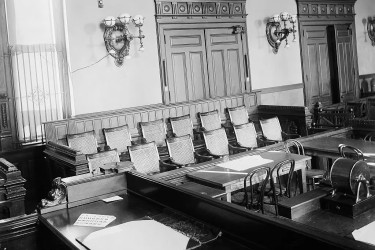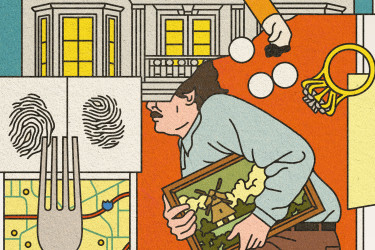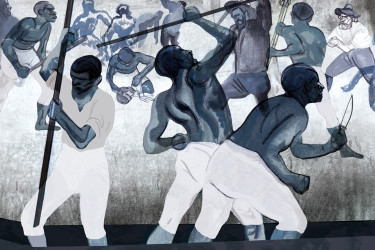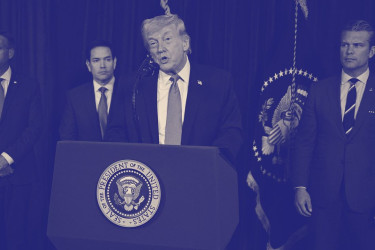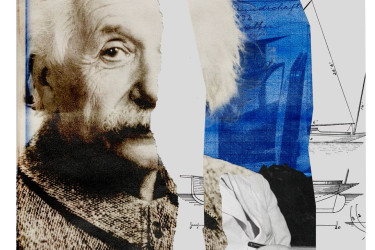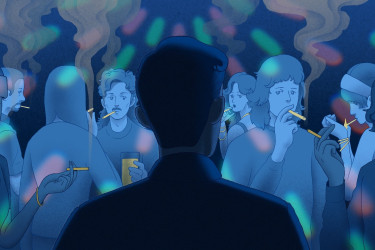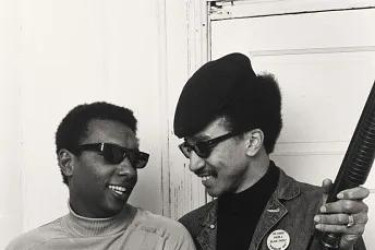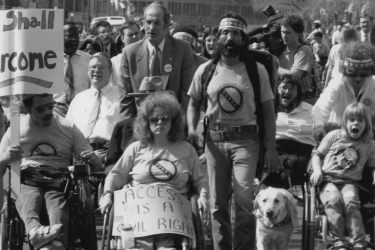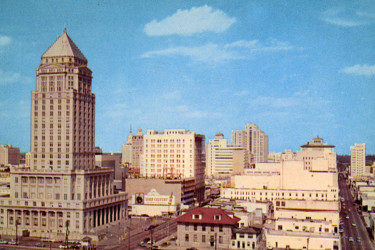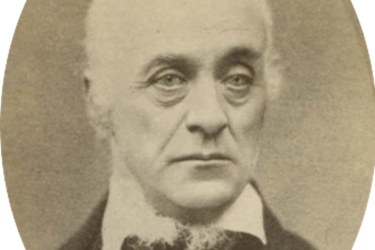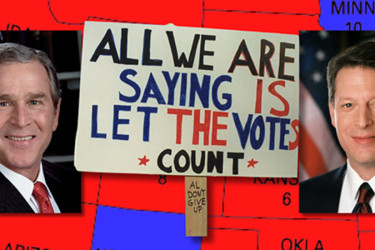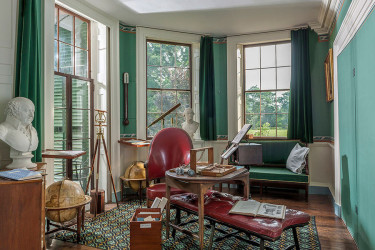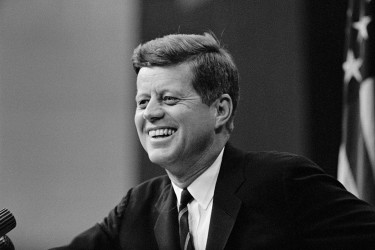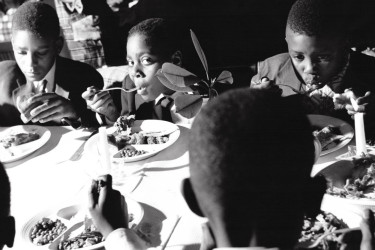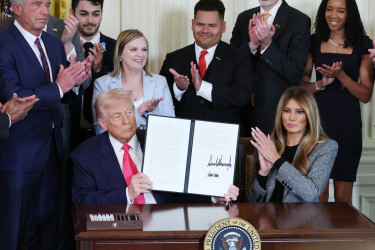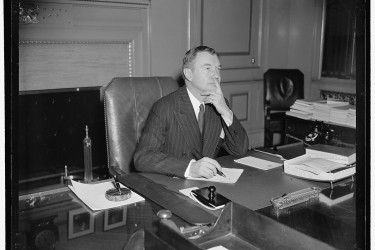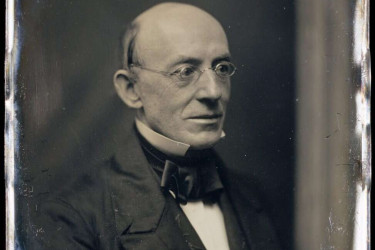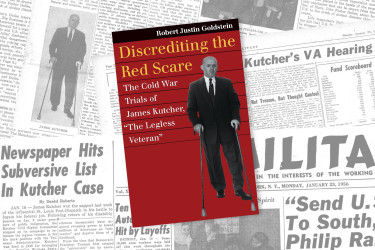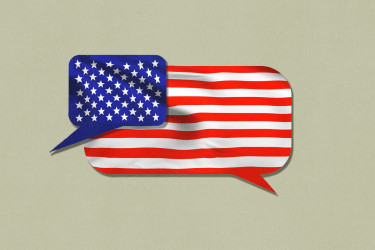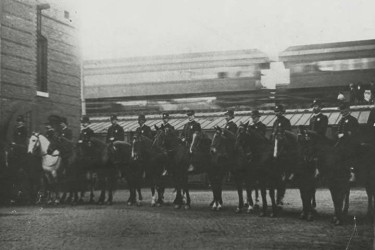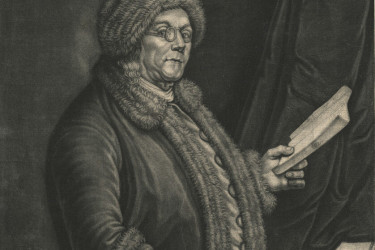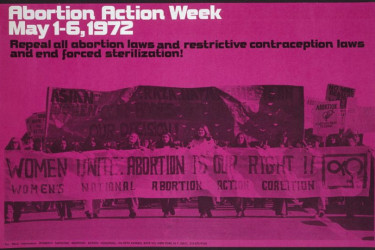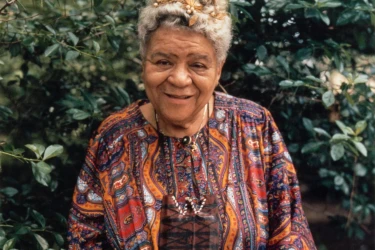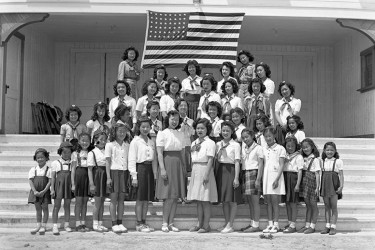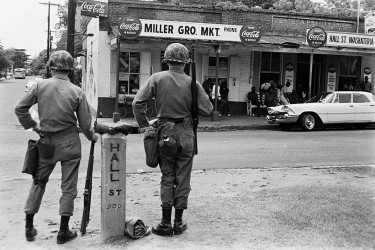Justice
Exhibits
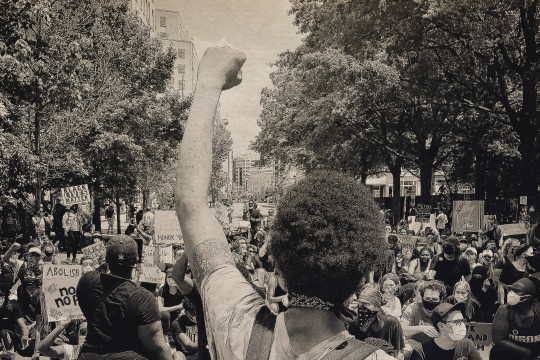
The Limits of Free Speech
When the framers set out to enumerate fundamental liberties, freedom of speech was near the top of the list. Ever since, Americans have struggled to define the limits of this right.
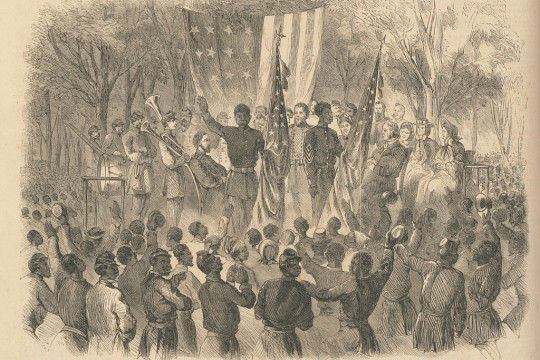
Emancipation
The long history of emancipation in the United States, from individual escapes and manumissions, through Civil War fighting and Reconstruction legislation, to Juneteenth commemorations.

Supreme Thwart
Ever since the Supreme Court gave itself the power of judicial review in 1803, its role in the federal government and its influence on American life has been bitterly contested.

Housing Injustice
This exhibit explores the complex legacies of redlining, urban renewal, and financial deregulation to explain the persistence – and costs – of residential segregation today.

Guns in America
Reflections on the Second Amendment's original meaning, and how views about gun rights, gun ownership, and gun violence have evolved in the centuries since.

MLK's Three Evils
Probing the social ills that King warned were plaguing the nation: "the sickness of racism, excessive materialism and militarism."

Abortion in America
How women terminated pregnancies in the past, and how contemporary understandings of that history shape today's battles over reproductive rights.
